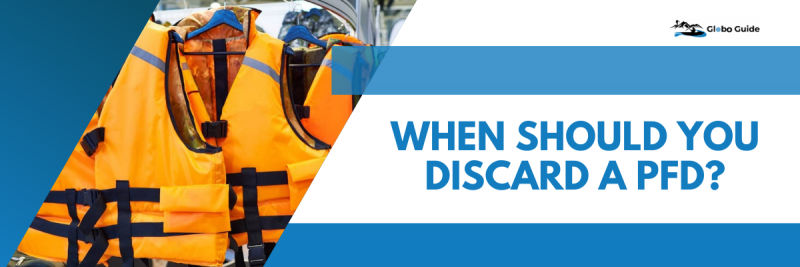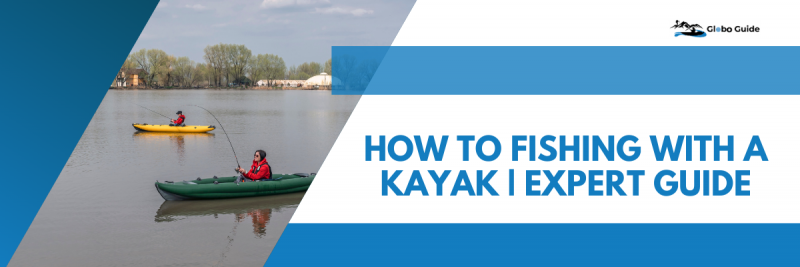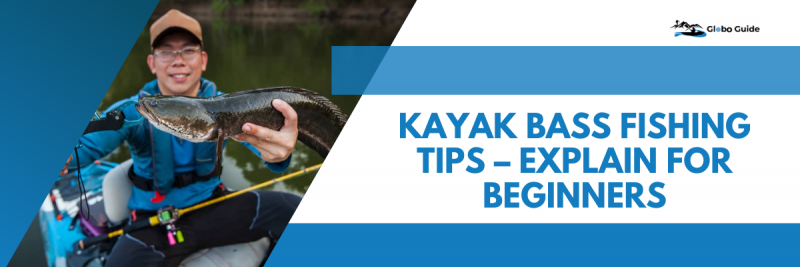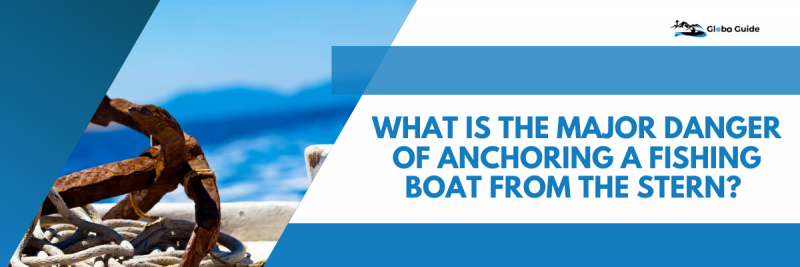Before discussing when you should replace a PFD, it is essential to understand what PFDs actually are.
Personal Flotation Devices, commonly known as PFDs, are designed to help the wearer stay afloat in water. They can also be referred to as life jackets, life belts, or flotation suits in some contexts. PFDs are highly recommended by the United States Coast Guard for professional boaters and kayakers because failure to wear life jackets is one of the leading causes of boating deaths. Therefore, it is crucial that boaters and us kayakers understand the need for using PFDs and how to use them!
Types of PFDs
You may have noticed that PFDs come in various shapes and sizes, with some even designed for dogs. Different PFDs are available for different water-related activities, so understanding the intended use of each design is crucial. The Coast Guard classifies PFDs into five main categories, each with unique properties and intended uses.
Class I PFDs: Bigger and More Buoyant
Also known as offshore life jackets, Class I PFDs are designed to keep an individual afloat and safe for extended periods. They provide the highest buoyancy of 22 pounds and are recommended for use in deep, open water where a person may be in the water for a long time before help arrives. While Class I life jackets are bulkier than other PFDs, they are more likely to keep an unconscious person face-up in the water for an extended period.
Class II PFDs: The Industry Standard
Class II PFDs, also known as shoreline floating vests, are the most common flotation devices. They provide 15.5 pounds of buoyancy and can turn an unconscious person onto their back. They are recommended for use in calm inland waters where rescue will be relatively quick. Class II life jackets come in a wide variety of shapes and sizes designed for both children and adults.
Class III PFDs: Floatation Aids
Also called flotation aids, Class III PFDs come in a range of shapes and sizes and are designed for use in calm inland waters where rescue will be quick. They are not likely to turn an unconscious person. There are various types of Class III PFDs designed for different boating activities, and they provide 15.5 pounds of buoyancy.
Class IV PFDs: Throwable Aids
Class IV PFDs include several throwable flotation devices that are not meant to replace wearable PFDs. They provide additional support or help someone who is not wearing a life vest. Common types of throwable PFDs include boat cushions, horseshoe buoys, ring buoys, among others. These devices are only useful if they are easily accessible for quick launch in an emergency. Class IV PFDs are not designed for children, non-swimmers, or any unconscious person.
Class V PFDs: Specialty Devices
Class V PFDs are primarily used in work settings. They include deck suits, work vests, and other specially designed PFDs. Their use in any recreational setting is highly unlikely.
Finding the Right Size PFD
PFDs come in various sizes to cater to all ages, including infants and large individuals. Always read the manufacturer’s recommendations on sizing, which is typically based on an individual’s weight, to determine the appropriate size for each person. PFDs are classified by varieties for adults and children, with different size options available. Never allow an adult to wear a child-size PFD or vice versa. Always ensure that the PFD is snug but not too tight, and all fasteners should close entirely.
Fastening a PFD
Whether you’re wearing a PFD that’s fastened by zippers, snaps, or claps, it’s important that it closes completely and remains closed while you wear it. To make sure that a PFD fits and buckles properly, raise your arms above your head and have someone grab the highest of the arm openings and lift it up, if the PFD remains in situ, as far as possible. It probably won’t get loose within the water. This YouTube video shows exactly the way to test a correct PFD fit.
Test PFDs in the Water
In addition to the aforementioned test, a PFD should be tested by dipping it into shallow water to make sure that it effectively keeps the user afloat. The user must be ready to float comfortably with the top above the water. Look to ascertain if the PFD is getting on the brink of the person, as this might indicate that the PFD is just too large.
Selecting Appropriate PFDs
When you attend the water section on the Anaconda website then click on life jackets, you’ll see checkbox filters on the left side of the page. Using these filters makes determining which PFD to shop for easier and faster because you’ll prefer to filter what you see by:
- Price: so you simply see the PFDs within your budget on the page.
- Categories: just for viewing PFDs for boating, fishing, waterskiing, or kids.
- Size: So you simply see PFDs that are the proper size for you and your loved ones.
- Sale: so you simply see all PFDs that are on sale or at clearance prices.
- Brand: So you’ll see PFDs made by a selected brand that you simply know and like.
The Maintenance Of PFD
Only personal flotation devices that are in good working condition are safe to use. PFDs that are damaged in any way should be disposed of immediately, as even the slightest damage can greatly reduce their effectiveness. Other ways to assist maintain your PFDs include:
- Never alter a PFD in any way. A PFD altered in any way is not any longer approved by the US Coast Guard. If a PFD must be modified to suit one person, another must be found. If any abnormalities are discovered, eliminate this PFD immediately as its effectiveness could also be compromised.
- Allow PFDs to dry before placing in storage. Storing a wet life vest can cause buoyant materials to interrupt down, ultimately reducing the buoyancy of the PFD. While it’s important to let a PFD dry, it’s not recommended to assist dry a PFD in an unnatural way, like putting it within the dryer or placing it on a radiator.
- Do not use PFDs for anything other than their intended use. The use of any sort of life jackets like a ship bumper, kneeling pad, or seat cover can decrease the buoyancy of the device. Floating material inside the PFD can break when crashed, so avoid using them for love or money aside from their intended use.
- Store your PFDs properly. Keeping your PFDs faraway from excess moisture and warmth can help preserve their buoyancy and keep them effective longer. Store in cool, dry places and exclude of direct sunlight when not in use. Also, keeping them during a safe place can prevent someone from misusing, altering or tampering with a life vest.
PFDs should be discarded if they’re damaged, expired, or no longer fit properly. Check your PFD regularly for signs of wear and tear like fading, rips, tears, or mildew. If any of those signs are present, replace your PFD immediately. The Coast Guard recommends replacing PFDs every five years, even if they haven’t been used. Over time, the material can degrade and therefore the PFD may lose its buoyancy or become less effective.
Our Final PFD Verdict
What Should You Do If A PFD Has A Tear In The Outer Fabric?Whilst ‘Personal Floatation Devices’ are crucial for staying safe while enjoying water-related activities like boating, kayaking, and fishing, we believe it’s important to understand the different types of PFDs available and choose the right one for your activity and body type. Always check the manufacturer’s recommendations on sizing and test the PFD for proper fit and buoyancy.
Remember to discard any PFD that’s damaged, expired, or no longer fits properly. By following these guidelines, you can stay safe and enjoy your time ‘yakking’ on the water.



